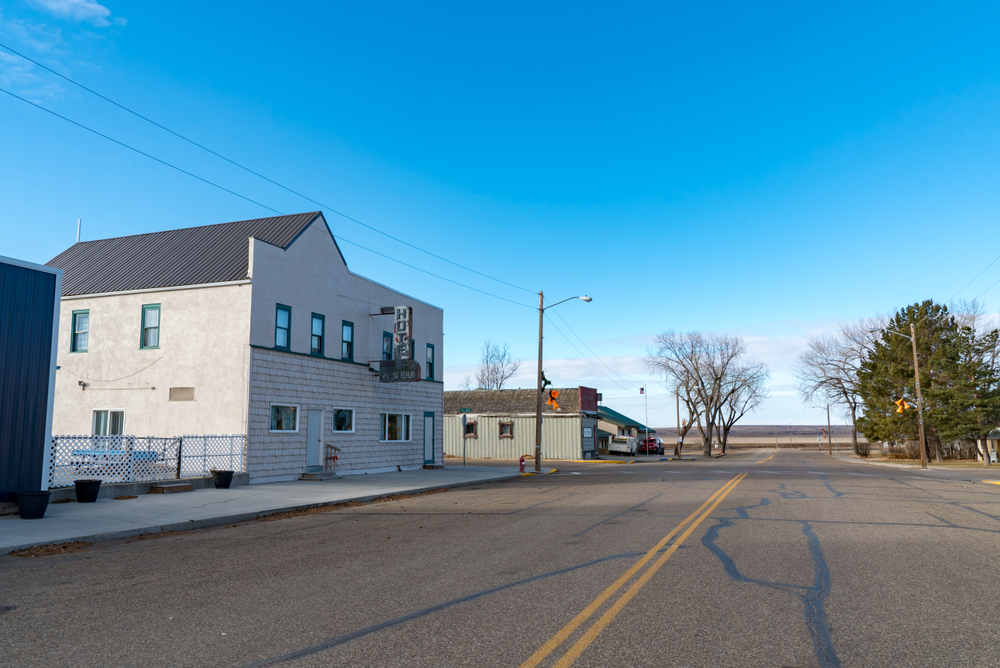
Montana's Missouri River Country


Medicine Lake takes its name from the nearby lake which was so named by the Indian because they found many of their medicinal herbs and roots on its shores. They also believed that the water itself had medicinal qualities. Located in the northeast corner of the state, the lake is now the center of a federal migratory waterfowl reserve. (from Cheney’s Names on the Face of Montana, Mountain Press Publishing Company)
Medicine Lake National Wildlife Refuge is located on the heavily glaciated rolling plains of northeastern Montana, between the Missouri River and the Canadian Border. The Refuge consists of two tracts. The 28,396-acre north tract, which includes the 8,213-acre Medicine Lake proper, five smaller lakes, and numerous potholes and the smaller 3,264-acre south tract, which contains the 1,280-acre Homestead Lake.
Thousands of migrating waterfowl make their summer home at Medicine Lake National Wildlife Refuge. Great blue herons, white pelicans, sandhill cranes, grebes and twelve different species of ducks share the prairie lake ecosystem. Medicine Lake Wilderness Area, located within and adjacent to the Wildlife Refuge, covers 11,366 acres.
The nearby Fort Peck Indian Reservation is home to about 6, 000 Sioux and Assiniboine and encompasses more than 2 million acres of land just east of Fort Peck Lake, almost to North Dakota, and from 50 miles south of Canada to the Missouri River in the south. Poplar Museum features tribal history and artifacts.
Search By Name
Search By Area
Search By Type